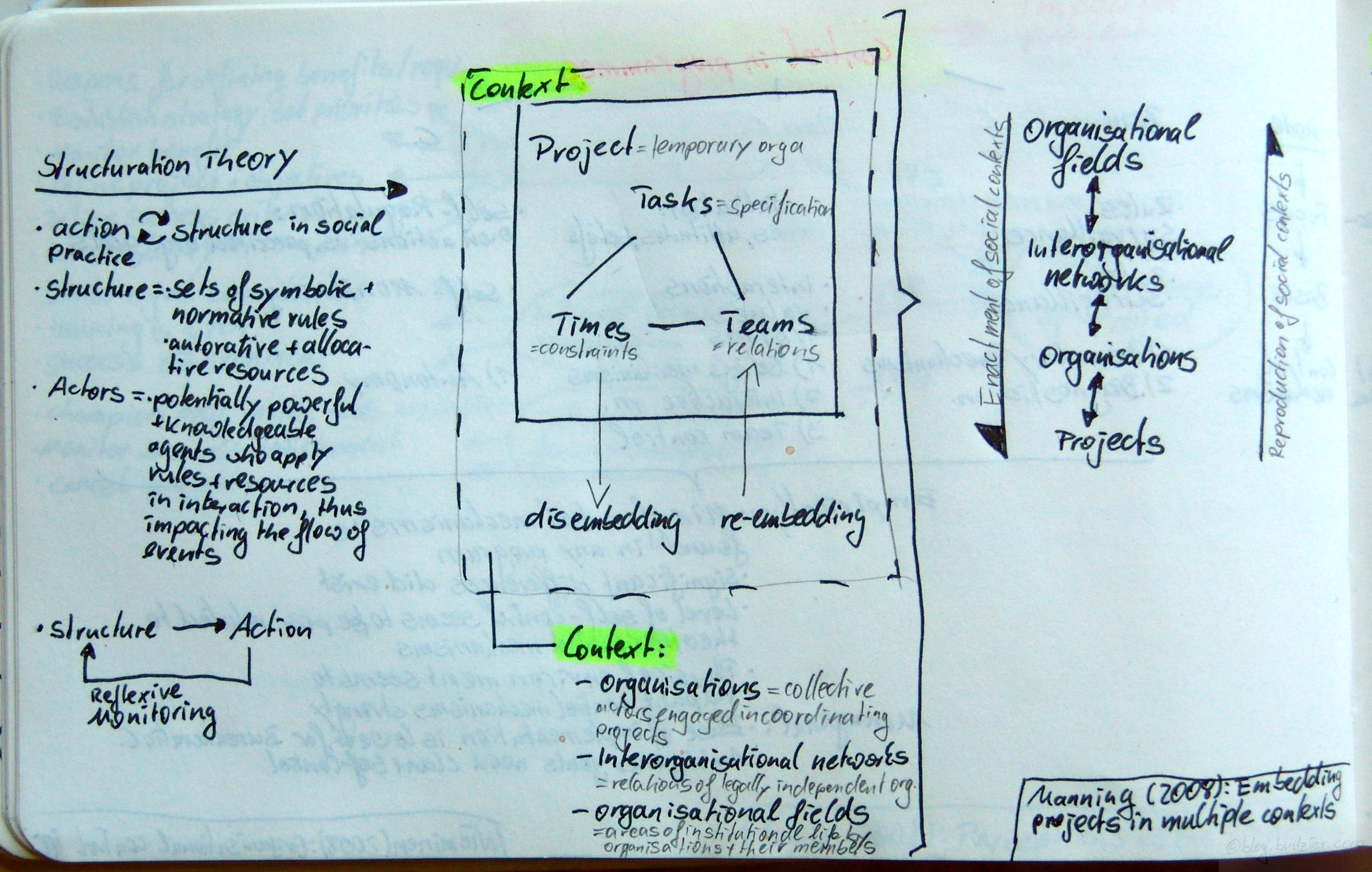Waard, Erik J. de; Kramer, Eric-Hans: Tailored task forces – Temporary organizations and modularity; in: International Journal of Project Management, Vol. 26 (2008), No. 5, pp. 537-546.
http://dx.doi.org/10.1016/j.ijproman.2008.05.007
As a colleague once put it: Complex projects should be organised like terrorist organisations – Autonomous cells of highly motivated individuals.
Waard & Kramer do not analyse projects but it’s fast paced and short lived cousin – the task force. The task force is THE blueprint for an temporary organisation. The authors found that the more modularised the parent company is, the easier it is to set-up a task force/temporary organisations. Waard & Kramer also found that the temporary organisations are more stable if set-up by modular parent companies. They explain this with copying readily available organisational design principles and using well excercised behaviours to manage these units.
The more interesting second part of the article describes how a company can best set-up task forces. Waard & Kramer draw their analogy from Modular Design.
„Building a complex system from smaller subsystems that are independently designed yet function together“
The core of modular design is to establish visible design rules and hidden design parameters. The authors describe that rules need to be in place for (1) architecture, (2) interfaces, and (3) standards. The remaining design decisions is left in the hands of the task force, which is run like a black box.
In this case Architecture defines which modules are part of the system and what each modules functionality is. Interface definition lays out how these modules interact and communication. Lastly, the Standards define how modules are tested and how their performance is measured.


